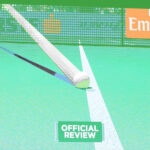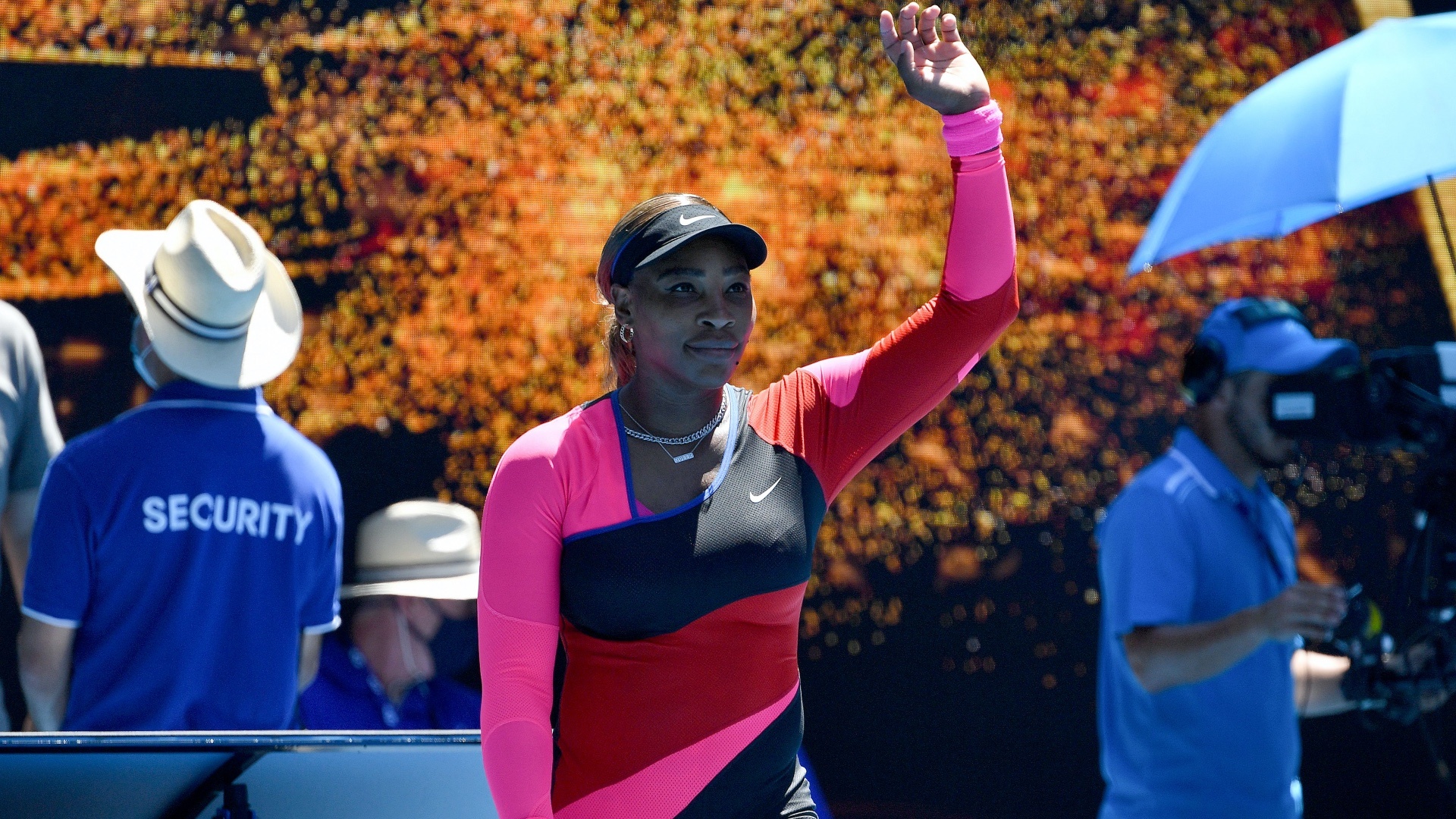March 22, 2006: The day of the first challenge with Hawk-Eye
Each day, Tennis Majors takes you back in time to an important moment in tennis history. On March 22, 2006, Jamea Jackson made history by challenging a call during her match in Miami against Ashley Harkleroad
 Hawk-Eye 2006
Hawk-Eye 2006
What exactly happened on that day
On this day, March 22, 2006, at the Miami Open, Jamea Jackson of the United States became the first player in tennis history to challenge a call with the new Hawk-Eye technology. At the time, although most of the players seemed enthusiastic about it, the use of an instant replay system – along with a player challenge system – was still quite controversial.
The players: Jamea Jackson and Ashley Harkleroad
- Jamea Jackson, world No 94
Jamea Jackson, from the United States, was born in 1986. She made her debut on the main tour at the Miami Open in 2003 and she broke into the top 100 in July 2005, reaching a quarter-final for the first time in her career in Memphis (defeated by Nicole Vaidisova 6-2, 6-7, 6-4). Her best Grand Slam performance was a second round reached at Wimbledon in 2005 (defeated by Lindsay Davenport 6-0, 6-3). In March 2006 she was world No 94.
- Ashley Harkleroad, world No 75
Ashley Harkleroad was born in 1985. She started her career as a professional in 2000 and broke into the top 100 in 2003. It remained her best season; she reached the third round at Roland-Garros (lost to Magui Serna 3-6, 6-1, 6-2) and semi-finals in both Charleston and Strasbourg – climbing as high as world No 39. Harkleroad reached the only final of her career in 2004 at the Auckland tournament (defeated by Eleni Daniilidou 6-2, 6-2). In March 2006, she was world No 75.
The place: Miami Open
The Miami Open, originally named the Lipton International Players Championship, was held for the first time in 1985 in Delray Beach, with the idea of being the first big tennis event of each calendar year (at the time, the Australian Open was held in December). The tournament moved to Key Biscayne in 1987 and was played on slow hard courts in extreme heat and humidity.
Nonetheless, with enormous prize money and a 96-player draw it was still considered to be the biggest tennis tournament in the world outside of Grand Slams. The list of former WTA champions going into the 2006 event was impressive: Martina Navratilova, Chris Evert, Steffi Graf, Monica Seles, Martina Hingis, and the Williams sisters had all lifted the Miami trophy at least once.
The facts
On March 6, 2006, the USTA’s Arlen Kantarian, the WTA’s Larry Scott, and the ATP’s Etienne de Villiers announced that an instant replay system would be introduced at select tournaments in North America. Miami was the first tournament to experiment the so-called “Hawk-Eye,” created in 1999 by Paul Hawkins, which had been made popular by TV channels that used it to review controversial calls.
The new rules allowed players to receive two challenges per set to review line calls. If the challenge was correct, the player retained both challenges; otherwise the challenge was lost.
Many players and tennis experts were really excited about this revolution, but a few top players advocated against the use of electronic line calling.
“What is happening is madness,” declared Roger Federer. “A pure waste of money.”
The most vocal of those players was probably Marat Safin.
“I’m totally against it,” the Russian said. “It will destroy the spirit of the game; we’ll lose fluidity. Who is the genius who came up with such a stupid idea?”
Apart from fluidity and doubts about its accuracy, another reason why some players weren’t happy about the establishment of the Hawk-Eye was that due to its cost, only Center Court in Miami was equipped.
“I don’t see why this system would be used on the centre court and not on the other courts,” said Frenchman Arnaud Clément after he advanced to the second round without the opportunity to use the challenge system. “I understand the technical reasons. But basically everyone should be on the same level.”
The first player to challenge a call thanks to the Hawk-Eye was Jamea Jackson, a 19-year old player from the United States facing fellow American Ashley Harkleroad in the first round of the women’s draw. Unfortunately for her, the call was confirmed on the giant screen by the electronic calling system – but she enjoyed the experience anyway.
“I loved it,” Jackson stated. “I thought it was great. It takes a lot of pressure off. You don’t get angry; you just play and don’t worry about the line calls. I wanted to be the first; that’s what it was really all about.”
Later in the match, Harkleroad became the first player to correctly challenge and reverse a call thanks to Hawk-Eye technology. However, Jackson prevailed 7-5, 6-7, 7-5.

What next
Jamea Jackson would reach the third round of the 2006 Miami Open, where she would be defeated by world No 7 Nadia Petrova 4-6, 6-0, 6-0.
Despite the lack of enthusiasm of several top players, Hawk-Eye would become an inevitable part of the show. Throughout the years, Hawk-Eye technology would be used in all the important tennis events throughout the world – provided they were not played on clay courts. However, in 2021 its extension to a fully electronic line-calling system to restrict the number of people on court would raise new controversies. Gilles Simon, for one, stated that “the main problem is that it’s not at all accurate.”










